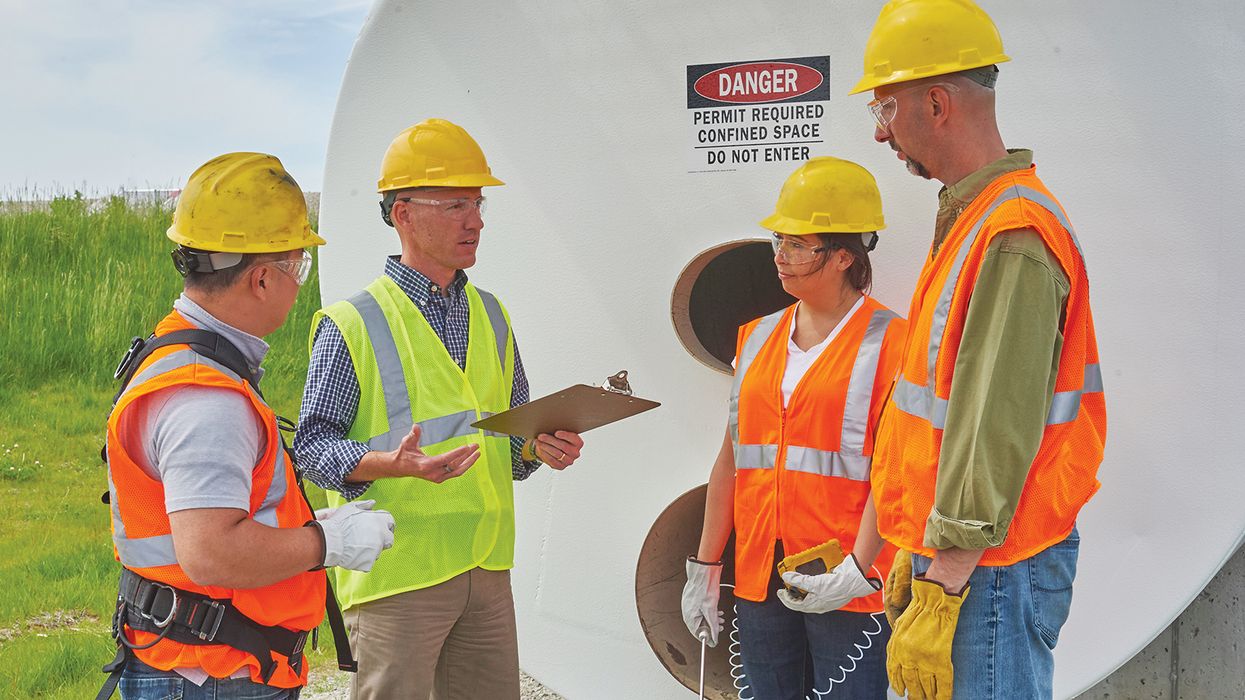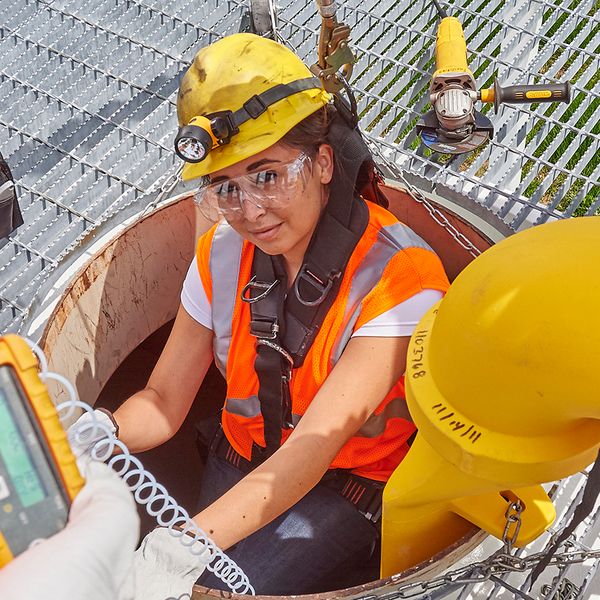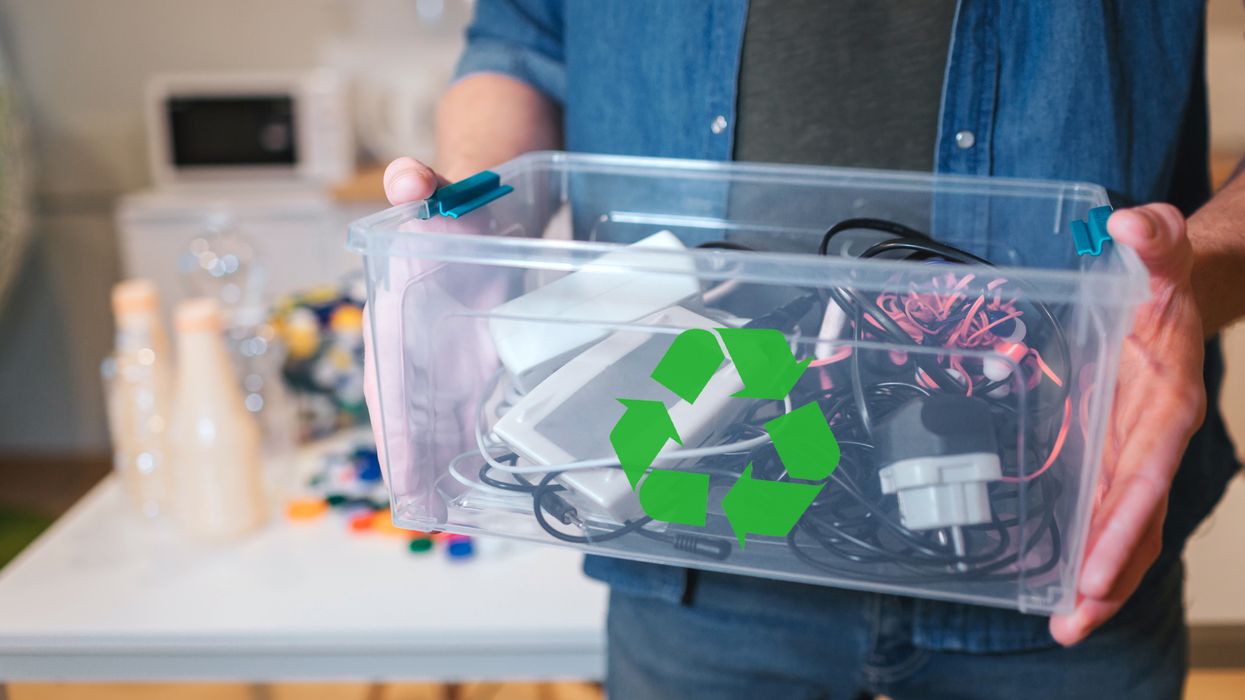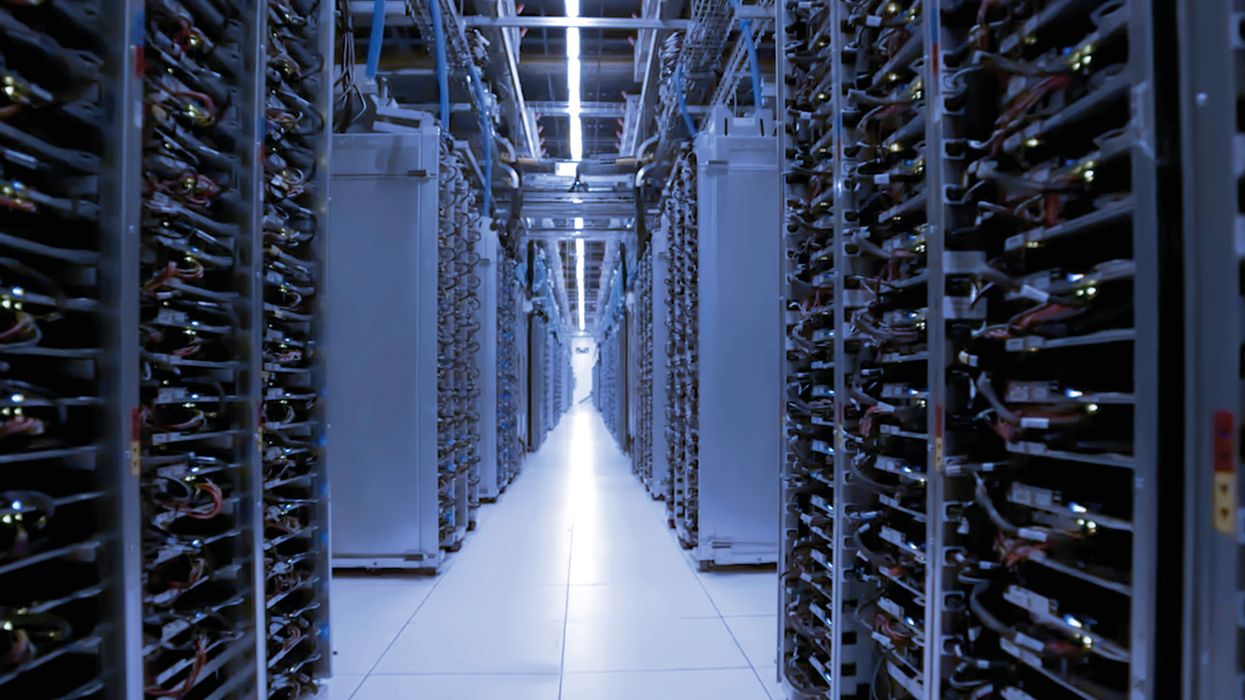Enclosed spaces: Confined, permit-required, or neither?
OSHA section 1926.1204, Permit-required confined space program, outlines requirements for protecting individuals from the hazards of entering permit-required confined spaces. If workers or contract workers are not allowed to enter or work in a permit-required confined space, use adequate measures to prevent entry into those spaces. If workers are allowed to enter permit spaces, develop a written permit space program, ensuring its available, communicated, and effectively implemented.
OSHA requires that employers protect workers who must enter confined spaces. But what exactly is a confined space? And is it permit-required? Identifying a confined space may not be as easy as you think.
What is a confined space?
The definition of a confined space is relatively straightforward. According to OSHA, it’s a space that is:
- Large enough for a person to enter to perform work,
- Limited in the way of entry or exit, and
- Not designed for continuous occupancy.
Applying this definition to spaces on your jobsite may not be so simple, however. Take a large duct, for instance. It’s large enough for entry and not designed for continuous occupancy, but it’s not a confined space by OSHA’s definition when it does not limit the way of entry or exit. Some large powerplant ducts are large enough to walk into without any restrictions.
The key is that the space must meet all three criteria. Once you determine that a confined space exists on your jobsite, the next step is to evaluate whether it’s a permit-required confined space. This requires examining the confined space’s actual or potential hazards and the dangers it presents to entrants.
The OSHA regulation says that confined spaces with one or more of the following characteristics qualify as permit-required:
- Contains or has the potential to contain a hazardous atmosphere,
- Contains a material that has the potential for engulfing an entrant,
- Has an internal configuration such that an entrant could be trapped or asphyxiated by inwardly converging walls or by a floor that slopes downward and tapers to a smaller cross-section, or
- Contains any other recognized serious safety or health hazard.
Again, the key here is that only one of these criteria must be satisfied. Also, note that “entry” to a permit space occurs when any part of a worker’s body breaks the plane of the space. For example, just reaching one arm into a permit space to retrieve an item or tighten a bolt would be considered “entry” to that space.
What is your jobsite responsibility?
When a jobsite contains a permit-required confined space, OSHA requires necessary steps to protect workers, including:
- Informing exposed workers by posting danger signs or using other equally effective means of communication to inform them of the space’s existence, location, and danger;
- Developing and implementing a written permit space entry program and making it available to their workers and authorized representatives; and
- Complying with all of OSHA’s requirements for the permit-required confined space program in 1926.1204.
Reclassify a permit-required confined space as a non-permit space for the length of entry by eliminating the hazard for the entry time. This depends on the hazards it presents (such as atmospheric hazards, physical hazards, or mechanical/energy hazards).
Determine if your enclosed space is a confined space, permit-required confined space, or neither on a case-by-case basis. Taking a proactive approach to identify and evaluate enclosed spaces on your jobsite carefully is critical. It could mean the difference between life and death.



















































